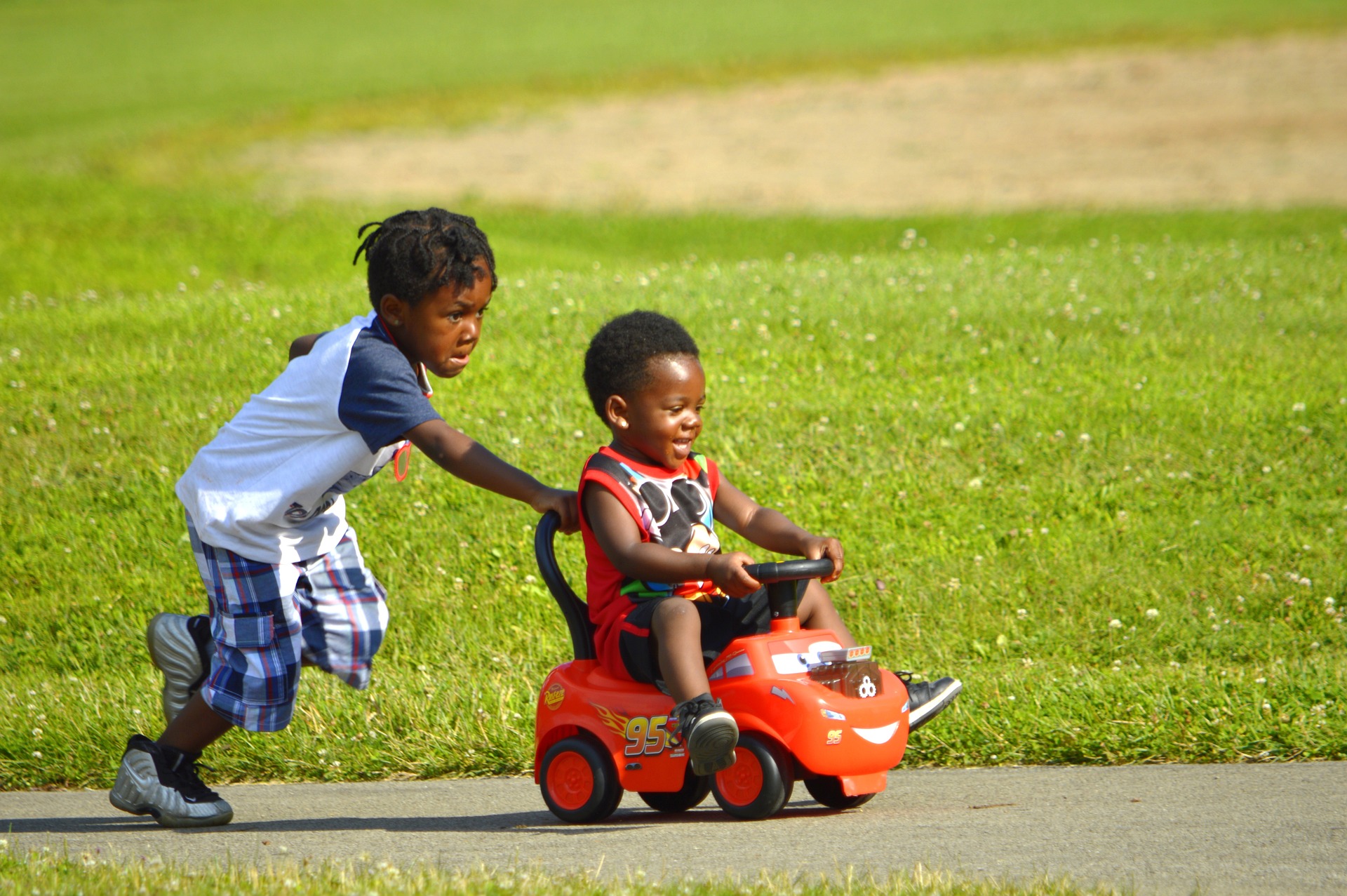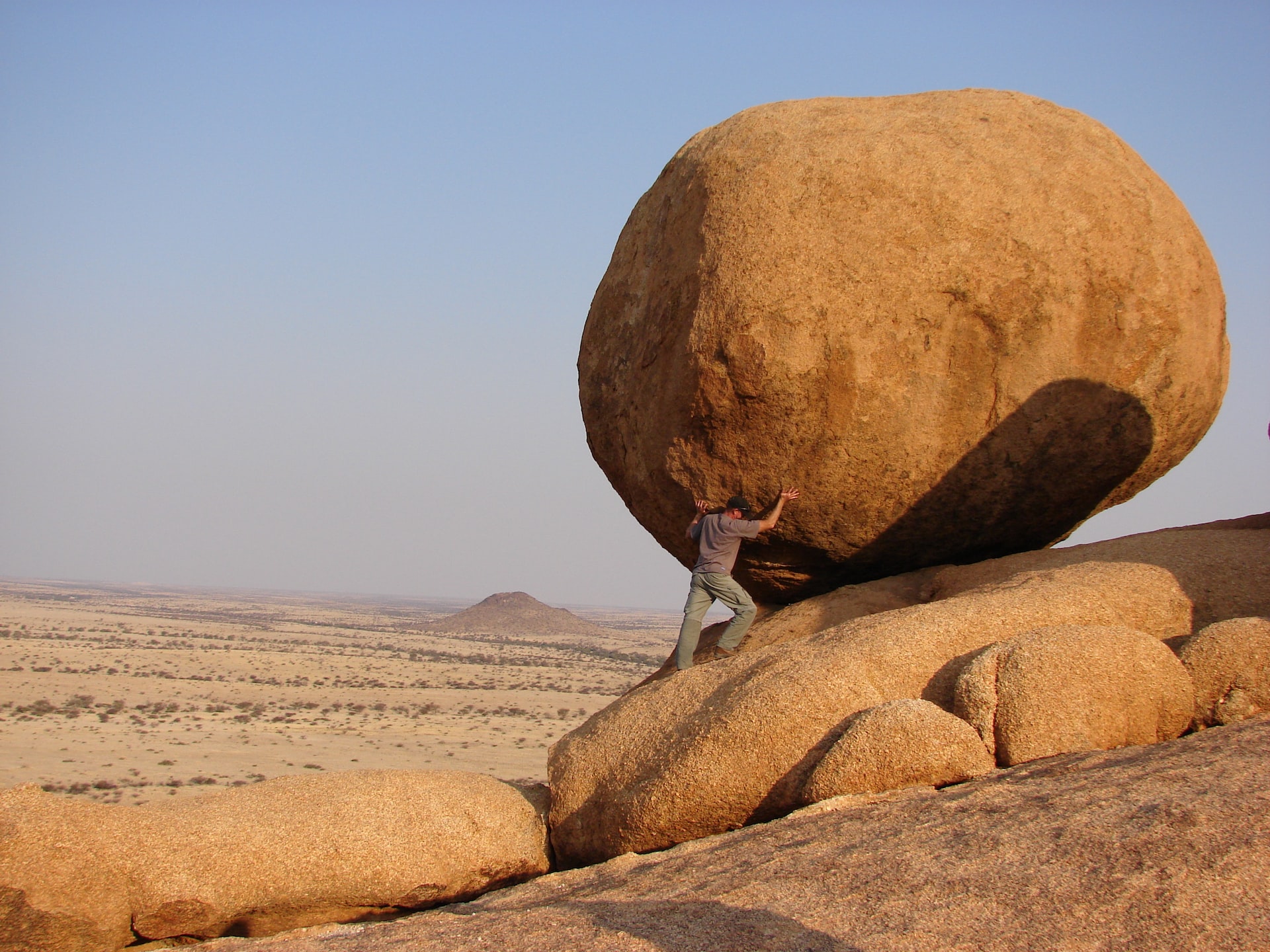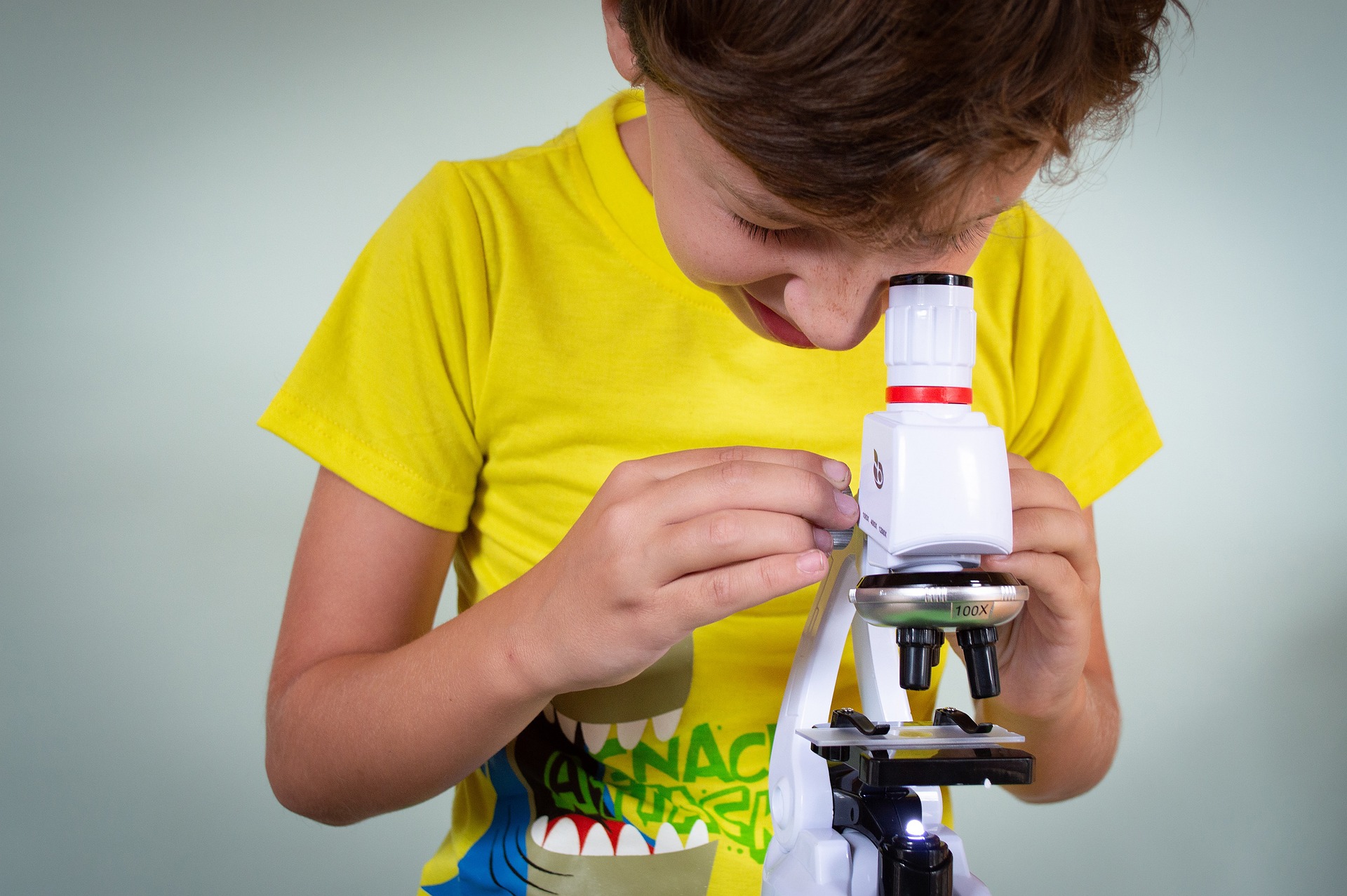Grade 3 - Physical Sciences
Vocabulary
Position: The location of an object.
Distance: the amount of space between two objects.
Motion: A change in position.
Force: A push or a pull.
Work: The result of a force changing the motion of an object.
Energy: the ability to do work.

Lesson 1: Position and Motion
An object's position describes the location where the object is. This position is often in relation to another object. for example, the kid is hiding under the table.
The position of an object can also be described based on its distance from another object. The distance between two cars at the parking lot can be about 1 meter.
When an object is changing its position, for example if the boy is moving from the dining room to the bedroom, we can say that the boy is in motion.
Motion can be described in various way, such as upward, downward, straight, zigzag, fast, slow, round, back and forth etc.
The word speed describes how fast the object moves. Therefore, speed determines how much distance an object will move in a specified time. If an object moves faster, it will move a longer distance than an object that is moving slowly.

Lesson 2: Forces
A force, is simply defined as a push or a pull. Forces can be large or small. Large forces are needed to move heavy objects. The more force you use, the faster the object will move.
There are many types of forces. The forces you are probably most familiar with are contact forces. Contact forces happen between objects that touch. If a soccer player hits a ball, the collision results in contact force. Non-contact forces are those that do not invove contact/collision. A good example is magnetism. Magnets can attract or repel each other. They can also attract things made of certain metals like iron. Magnets can attract or repel objects through solids, liquids, or gases.
Gravity is another example of non-contact forces. Gravity is a pulling force between two objects, such as you and Earth. An object’s weight is a measure of the pull of gravity on it. The more mass an object has, the more gravity pulls on it.
Friction is a force that occurs when one object rubs against another. It pushes against moving objects and causes them to slow down.
People use slippery things such as oil to reduce friction in machines.

Lesson 3: Work and Energy
In science, work is done when a force moves an object or changes an object's motion. This means that picking up a book from the floor is work.
Work can be easy or hard. Picking up a small pebble is work. Lifting a large stone is work too.
Energy is needed to do work. There are various types of energy:
- Kinetic Energy: this is the energy in an object that is in motion. All moving objects such as roller coasters, cars, even people—have kinetic energy.
- Potential energy is the kind of energy stored in an object due to its position. If you walk up the steps to the top of a slide, you have high potential energy due to your position at the top of the slide. When you start sliding down the slide, you will convert the potential energy into kinetic energy.
Energy can be transferred from one object to another. If you pay bowling and the ball hits the pins and they fall down, energy has been transferred from the ball to the pins.

Contact Us
